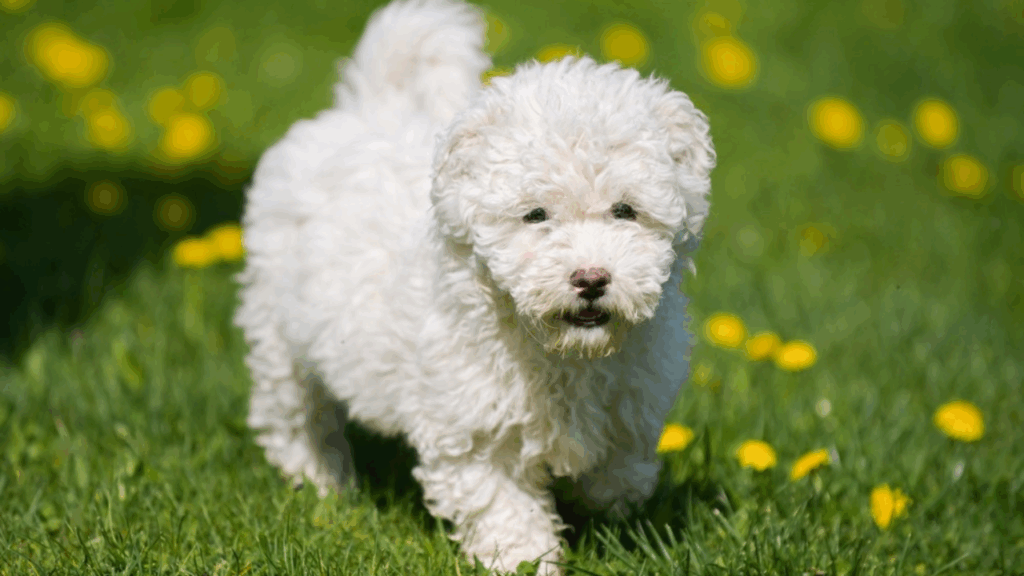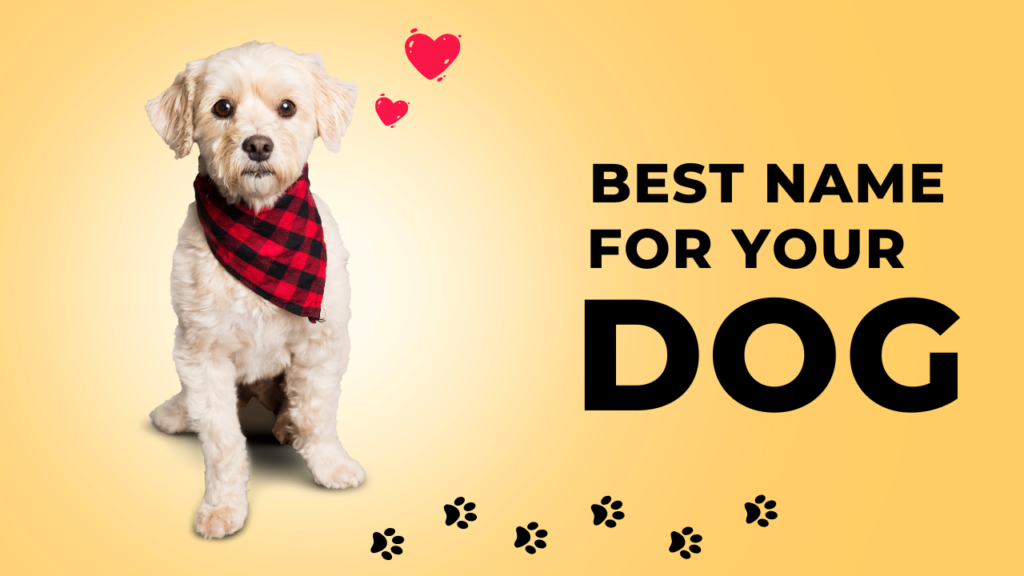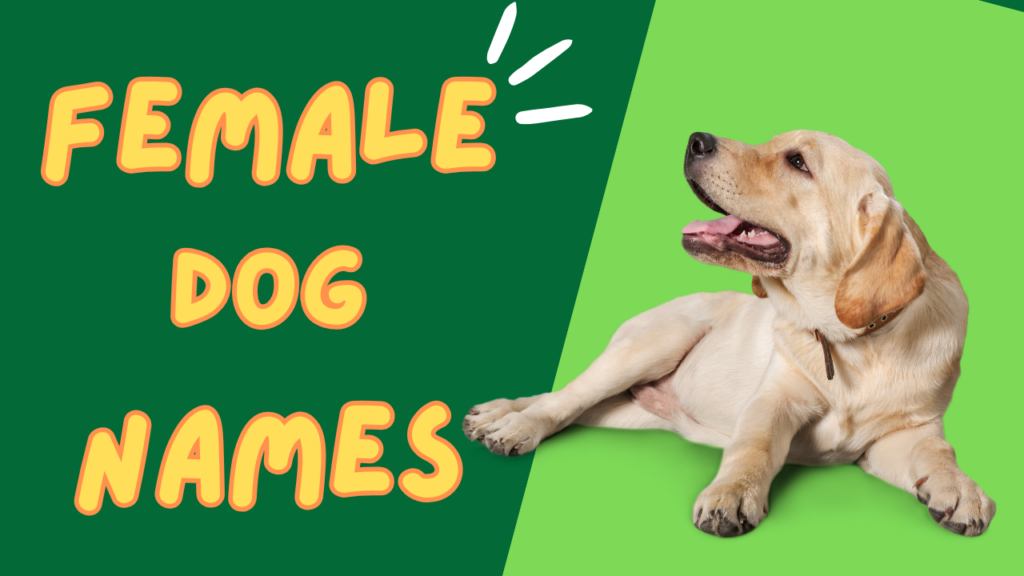The Hungarian Puli is one of the most visually unique dog breeds in the world, instantly recognizable by its long, corded coat that resembles dreadlocks. Beyond its striking appearance, the Puli is an agile, intelligent, and affectionate dog with a long history as a loyal herder and companion. This breed combines centuries of working heritage with a fun-loving and devoted temperament, making it a favorite among those who appreciate both function and charm in a dog.
Origins and History
The Puli (pronounced “poo-lee”) is an ancient breed with origins dating back over a thousand years. It was brought to Hungary by the Magyars, nomadic tribes who settled in the Carpathian Basin around the 9th century. These early settlers brought with them their livestock and dogs, and among them was the ancestor of the modern Puli.
Historically, the Puli was used for herding and guarding sheep, prized for its intelligence, agility, and endurance. It could work independently in the rugged Hungarian terrain, making decisions without constant direction. Despite its small to medium size, the Puli was formidable when it came to controlling large flocks and was trusted implicitly by shepherds.
The breed nearly disappeared in the early 20th century due to changes in agriculture and warfare but was revived thanks to breeding efforts. Today, the Hungarian Puli is still used as a herding dog in some areas but is more commonly kept as a family pet or show dog.
Distinctive Appearance
The Puli is best known for its distinctive corded coat, which naturally forms woolly cords or dreadlocks as the dog matures. The coat has two layers: a soft, dense undercoat and a coarser outer coat. These cords offer insulation and protection from the elements and predators.
Fully matured cords form between 9 months to a year of age and require patience and upkeep to maintain. The coat can grow to the ground if not trimmed, giving the Puli its famous mop-like appearance. Common coat colors include black, which is most traditional, as well as white, gray, and fawn.
The breed is medium-sized, standing 16 to 17 inches tall at the shoulder and weighing around 25 to 35 pounds. Despite its heavy coat, the Puli is surprisingly light on its feet and incredibly nimble.
Personality and Temperament
The Puli is an intelligent, energetic, and loyal breed. Its herding instincts make it naturally alert and responsive, often acting as a watchdog in the home. While it’s not overly aggressive, the Puli is wary of strangers and will bark to alert its owners of anything unusual.
With its family, the Puli is playful, affectionate, and thrives on human companionship. It’s a dog that wants to be involved in everything its owners do, whether it’s going for walks, playing games, or lounging at home. Pulis are known for their sense of humor and often display quirky, clown-like behavior that endears them to those around them.
Early socialization is essential to help a Puli grow into a well-mannered and adaptable adult. Without enough interaction, they can become overly protective or stubborn.
Exercise and Mental Stimulation
The Puli is a high-energy breed that needs plenty of exercise and mental engagement. A bored Puli can become destructive or overly vocal. Daily walks, play sessions, and opportunities to run or engage in dog sports are ideal.
They excel in activities like agility, obedience, herding trials, and rally. These not only provide physical exercise but also challenge their minds, which is equally important.
Training and Intelligence
Pulis are highly trainable but can be independent thinkers. They respond best to positive reinforcement methods that are fun and engaging. Harsh or repetitive training can lead to resistance or boredom.
Their intelligence allows them to pick up commands quickly, but they can also learn how to get around rules just as fast. Consistency, patience, and creativity are key to successful training.
Grooming and Coat Care
The Puli’s coat is unlike that of most dogs and requires special attention. As the cords begin to form, owners must help separate and shape them to avoid matting. Once fully formed, the cords still need regular maintenance to stay clean and tidy.
Bathing a Puli can be time-consuming, as it takes a long time for the cords to dry completely. Many owners trim their Puli’s coat to a more manageable length, especially for active pets not involved in show competitions.
Despite the high-maintenance coat, the breed sheds very little, which can be a bonus for allergy sufferers.
Health and Lifespan
The Hungarian Puli is generally a healthy and hardy breed, with a lifespan of 12 to 16 years. Some of the health issues that may affect the breed include:
- Hip dysplasia
- Progressive retinal atrophy (PRA)
- Cataracts
- Patellar luxation
Responsible breeders conduct health testing to reduce the risk of inherited conditions. Routine veterinary care, a balanced diet, and regular exercise are important for long-term health.
Ideal Home Environment
The Puli adapts well to different living environments, including apartments, suburban homes, or rural farms—provided they get enough exercise. They thrive in homes where they are treated as part of the family and involved in daily activities.
They may not be the best choice for families with very young children or those who want a low-maintenance breed, but for experienced dog owners who appreciate their unique traits, the Puli is a devoted and delightful companion.
Conclusion
The Hungarian Puli is much more than its iconic coat—it’s a bright, energetic, and loving dog with a long history of service and companionship. Perfect for active individuals or families who enjoy interactive pets, the Puli rewards its owners with loyalty, laughter, and a one-of-a-kind presence. With proper care, training, and socialization, the Puli can be a joyful and enriching addition to any dog-loving household.

Andy Parker is a dog lover, writer, and senior editor at BarkPicks. With years of experience covering canine health, training, and gear, he helps pet parents make smarter choices for happier, healthier dogs. Andy shares his home (and heart) with two rescue pups, Charlie and Mia.



